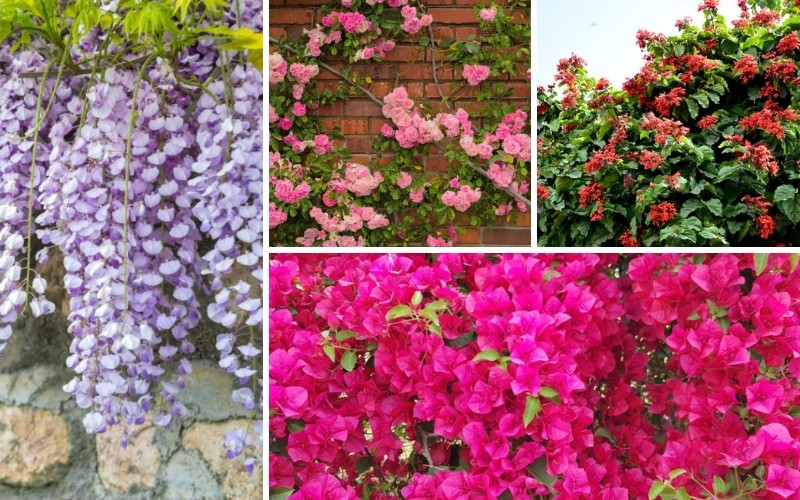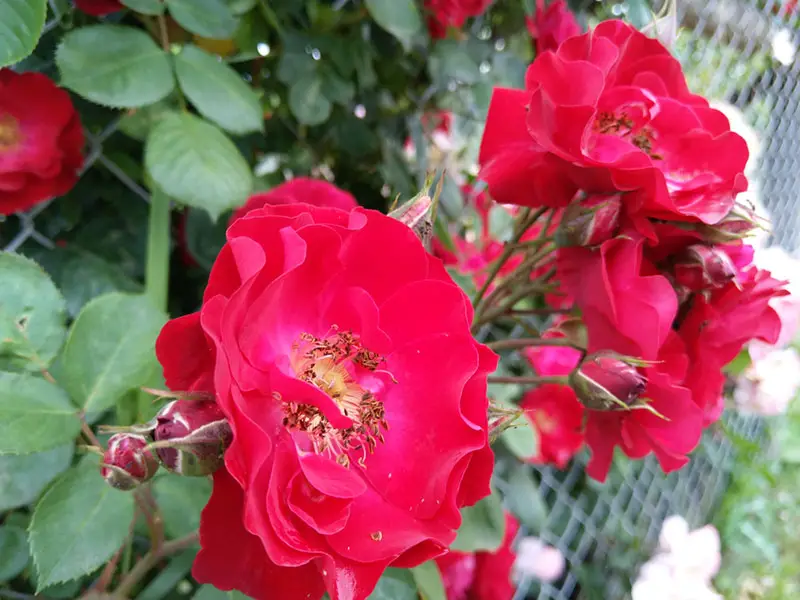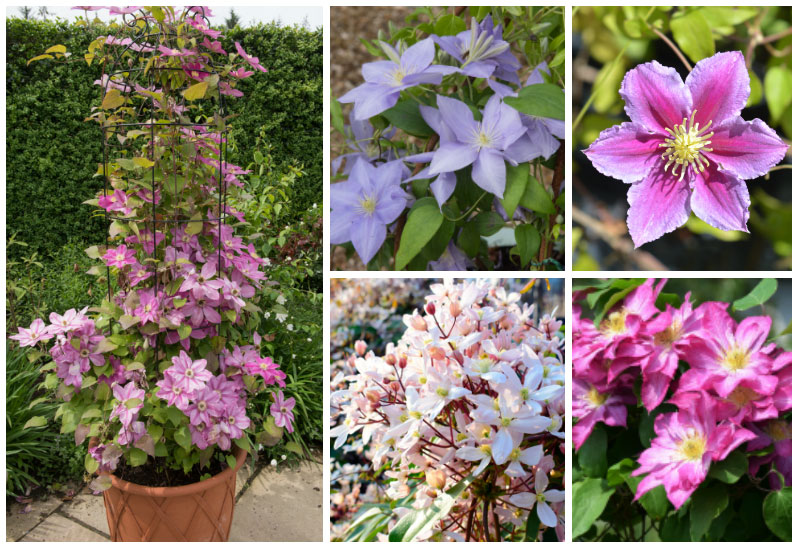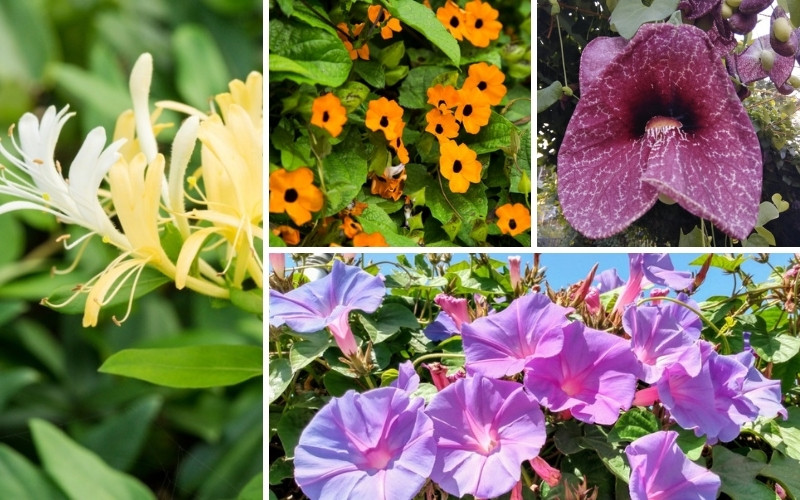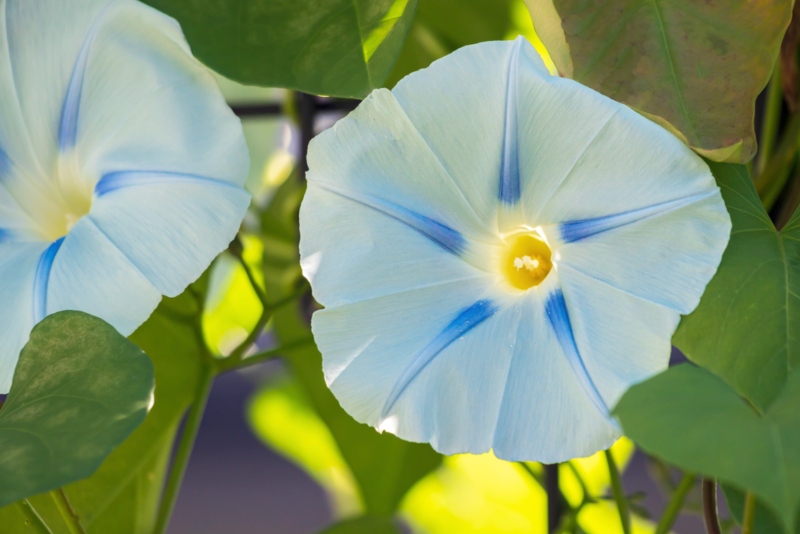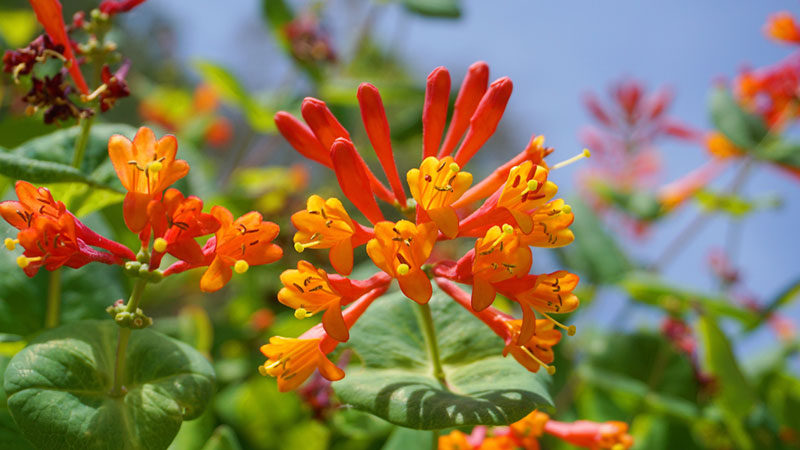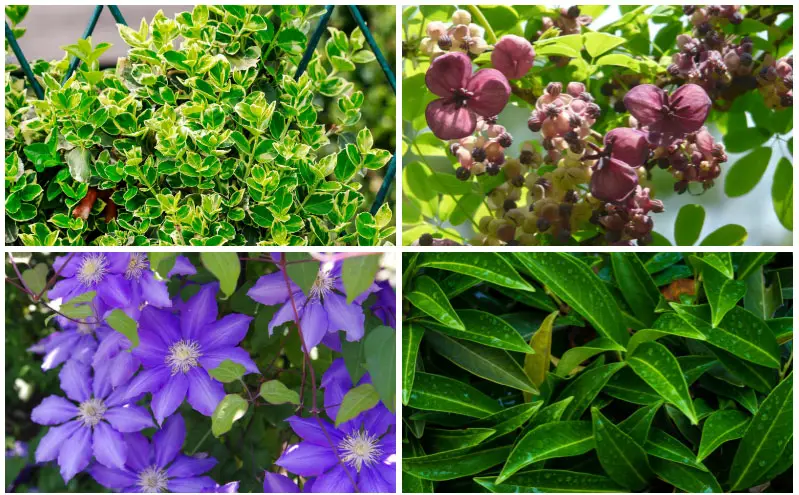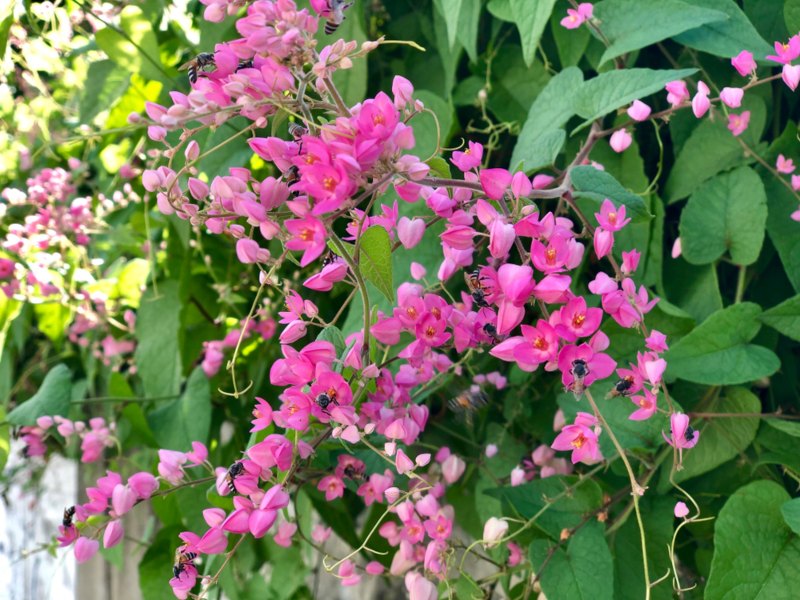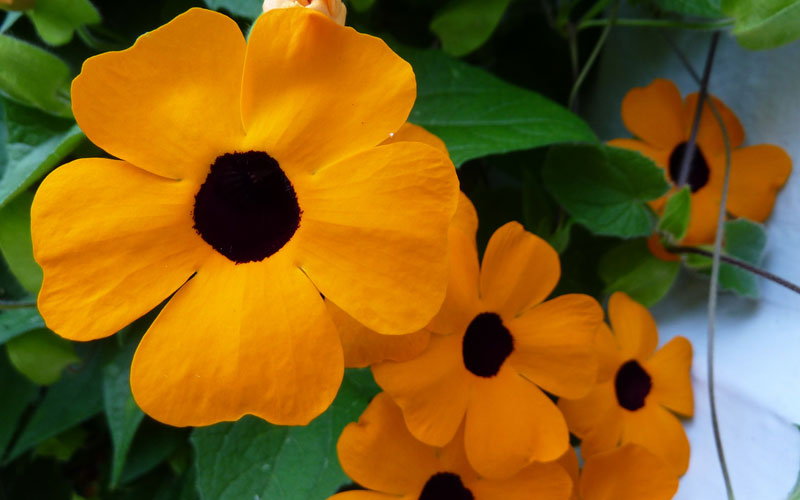Living in a southern state like Arkansas can have its perks when it comes to the weather. You get plenty of sun almost all year round, and you don’t have to worry about things like ice and snow.
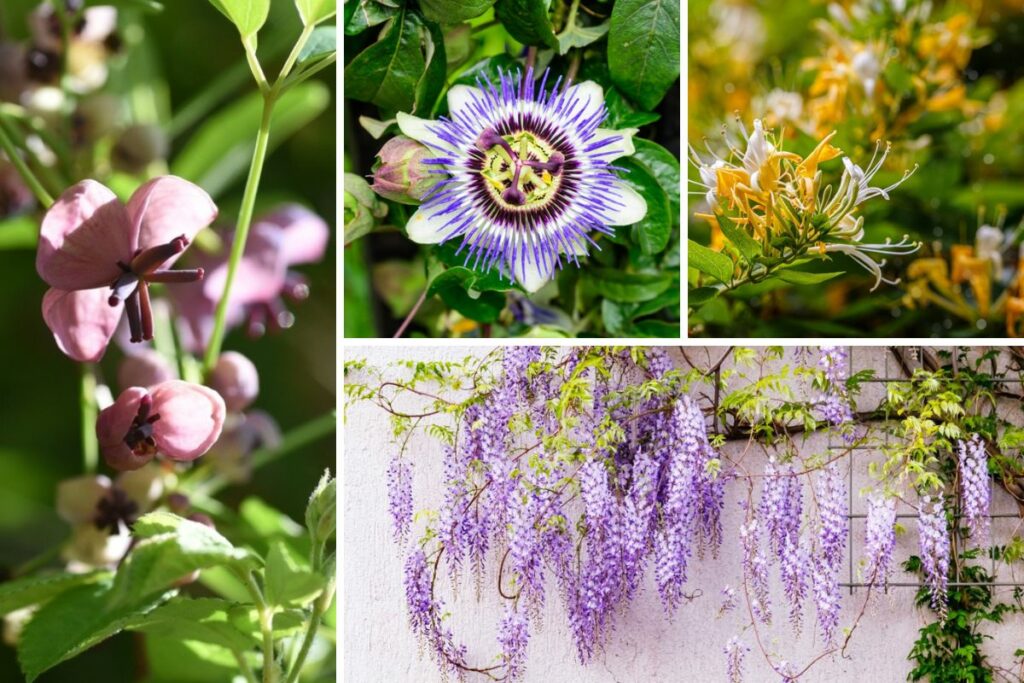
That said, there are some drawbacks, especially regarding gardening. The humidity encourages pests, and the sweltering heat can make it challenging for certain plants to survive.
Luckily, we have a few flowering vines that will make your garden brighter and help you forget about the heat!
So, without further ado, here are the 10 best Arkansas flowering vines.
1. The Coral Honeysuckle
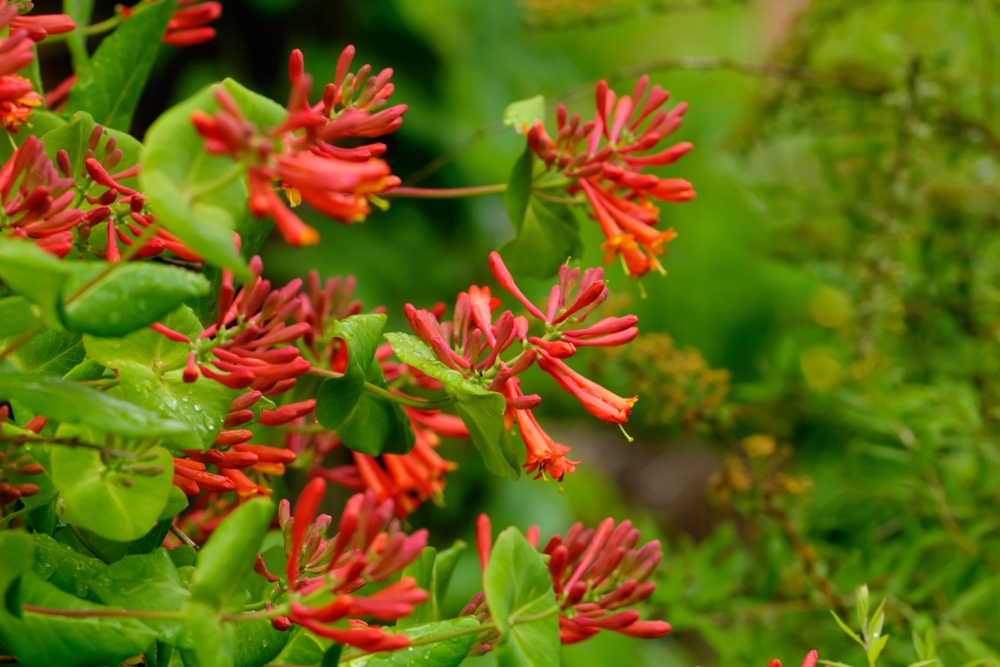
Though the flowers may be tiny, their vibrancy and abundance make these vines hard to miss.
The coral honeysuckle is an odd perennial vine that grows trumpet-shaped flowers that are fiery red on the outside and yellow on the inside.
This vine grows in hardiness zones 4–10, blooms heavily in mid-spring, and continues until summer.
Its height starts at around 15 feet, but you can get it up to 25 if you take proper care of it. So, make sure you plant it in well-draining soil with a lot of sun and water weekly.
2. The Clematis
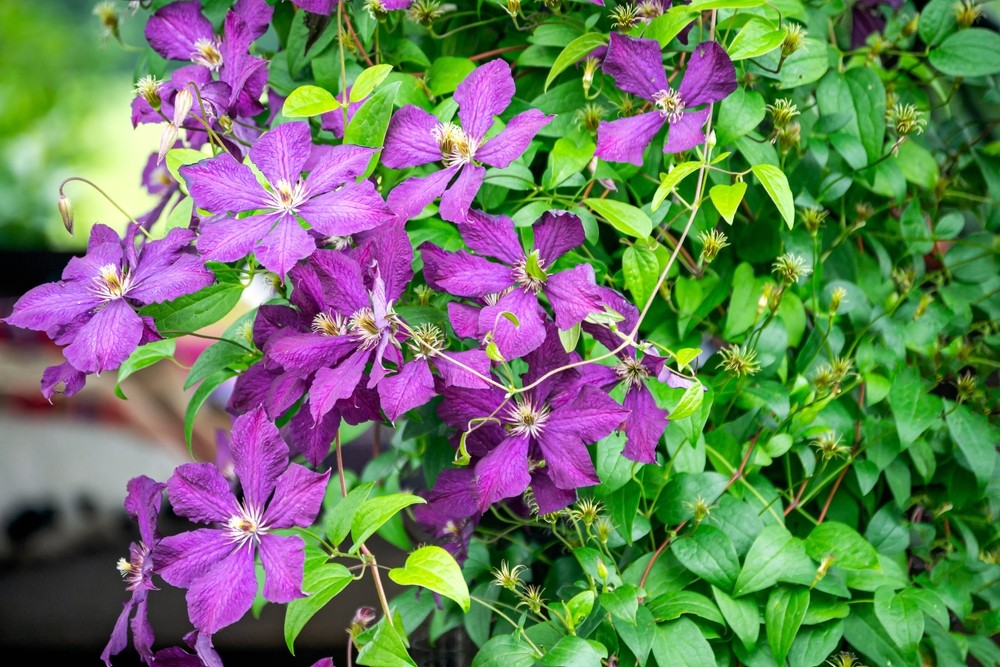
Also known as the queen of the vines, the clematis vine is a perennial plant that climbs any surface and has a beautiful, delicate flower.
It’s one of the best choices to add a dash of coloring to your garden, as its flowers can come in a wide range of hues.
You can find it in red, purple, lavender, white, and bi-color. Some clematis varieties can grow up to 30 feet or more in hardy zones 4–9, so make sure you have plenty of room for it!
Lastly, clematis usually blooms in two waves; one in late spring and another in late summer. This vine loves neutral soil that’s slightly alkaline with a lot of sun exposure—at least six hours for the best results.
3. Crossvine
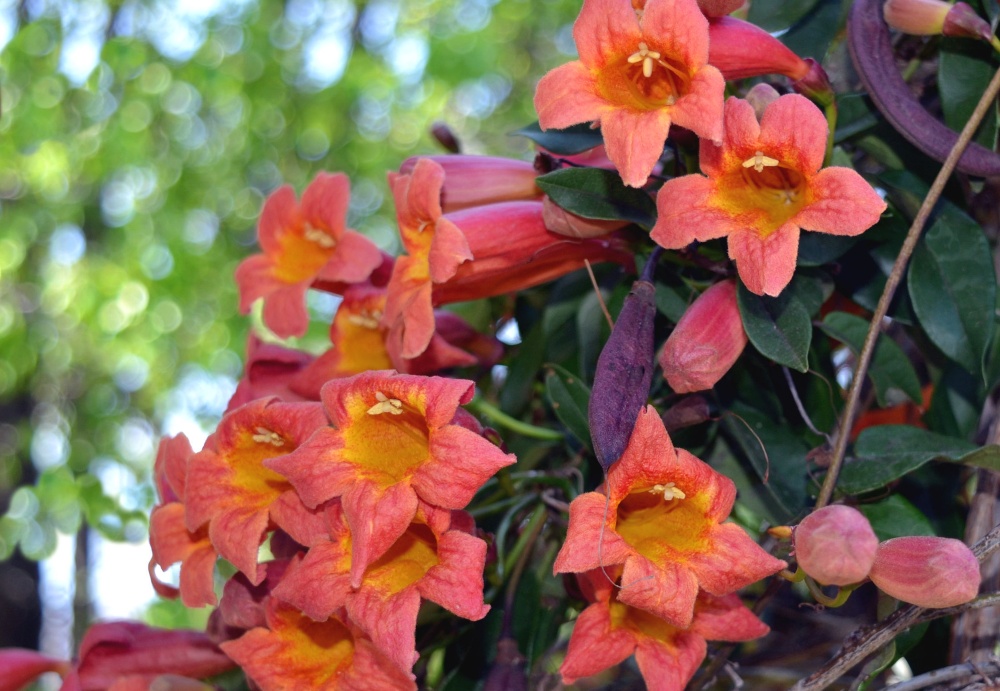
Now, if you want a vine that can almost cover your entire house’s facade, you can’t go wrong with a crossvine.
A crossvine plant can grow up to 50 feet in hardy zones 6–9! But, of course, you can keep it shorter by pruning it down regularly.
Crossvines are called “crossvine” because of the unique shape of the pith in the vine’s stem, which looks like a cross.
You can find the vine blooming with lovely trumpet-shaped orangey-red flowers in mid-spring to late summer.
You can get your crossvine to thrive if you place it in moist, organically-rich soil with good drainage. Plus, it needs full sun to thrive!
4. Japanese Honeysuckle
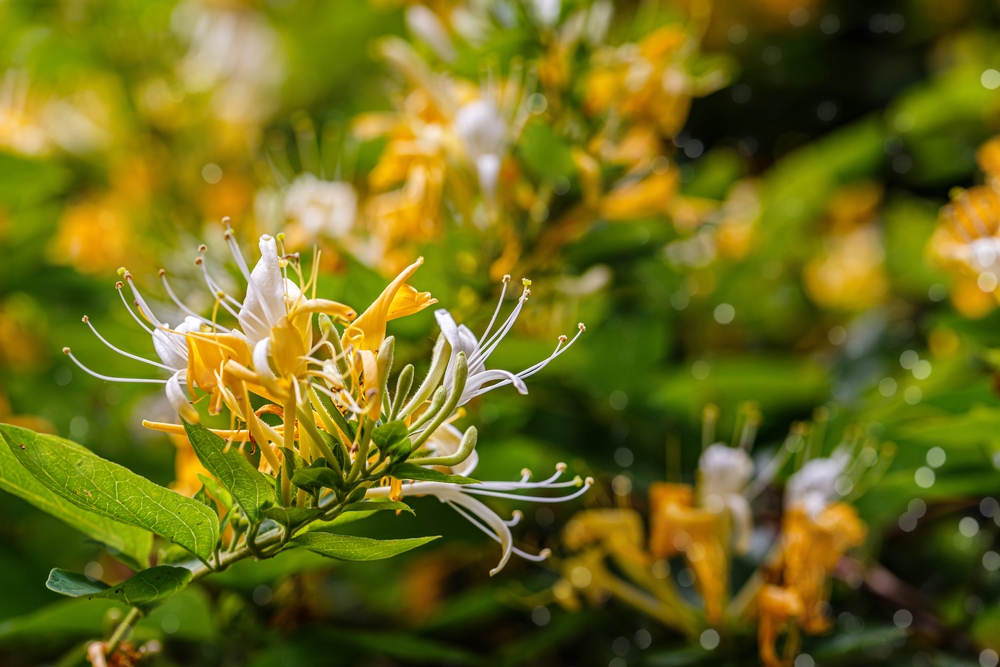
How do you feel about planting little fairies in your garden? If you’re up for some fantasy, then you’ll love the Japanese honeysuckle.
This vine grows beautiful white and yellowish flowers that almost look like fairies dancing in the wind.
The Japanese honeysuckle grows up to 30 feet or more in hardiness zones 4–8. The flowers bloom under sull sunshine from late September to early May.
Finally, to enjoy this vine’s aromatic fragrance, make sure you plant it in moist, loamy soil with good drainage.
5. Five-leaf Akebia
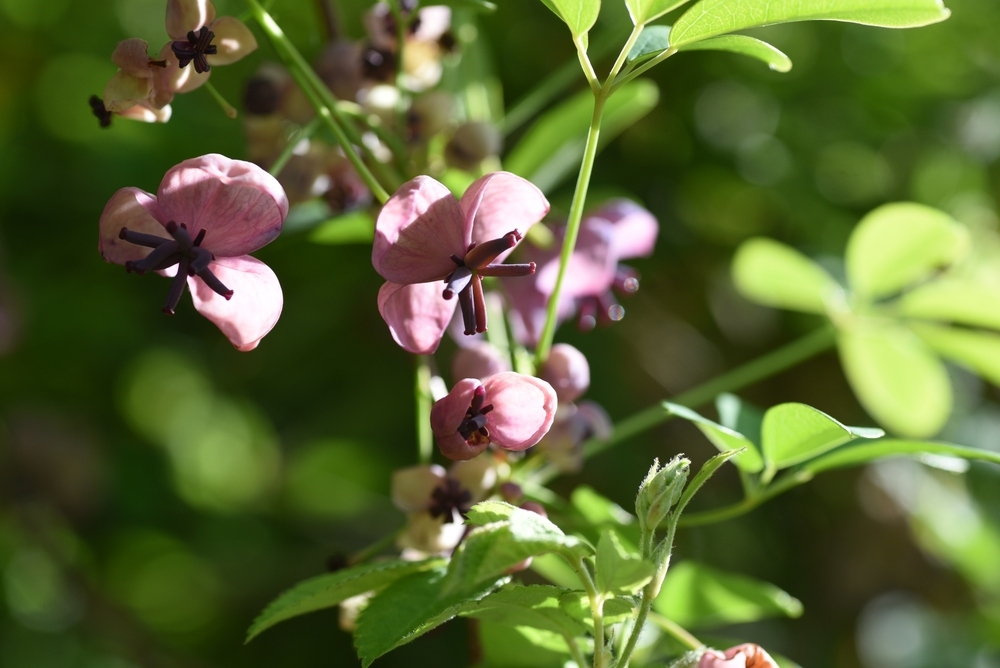
Before you say anything, we know this vine’s name is a tad weird. However, it’s also called a chocolate vine because of its sweet-smelling chocolate aroma!
The five-leaf akebia has beautiful, dark purple-colored flowers that look like stars and can grow up to 25 feet! You can find it blooming during the early spring in zones 5–6.
If you’re thinking about adding this vine to your landscape, provide it with moist, sandy loam soil so it can grow to its full potential.
6. Carolina Jessamine
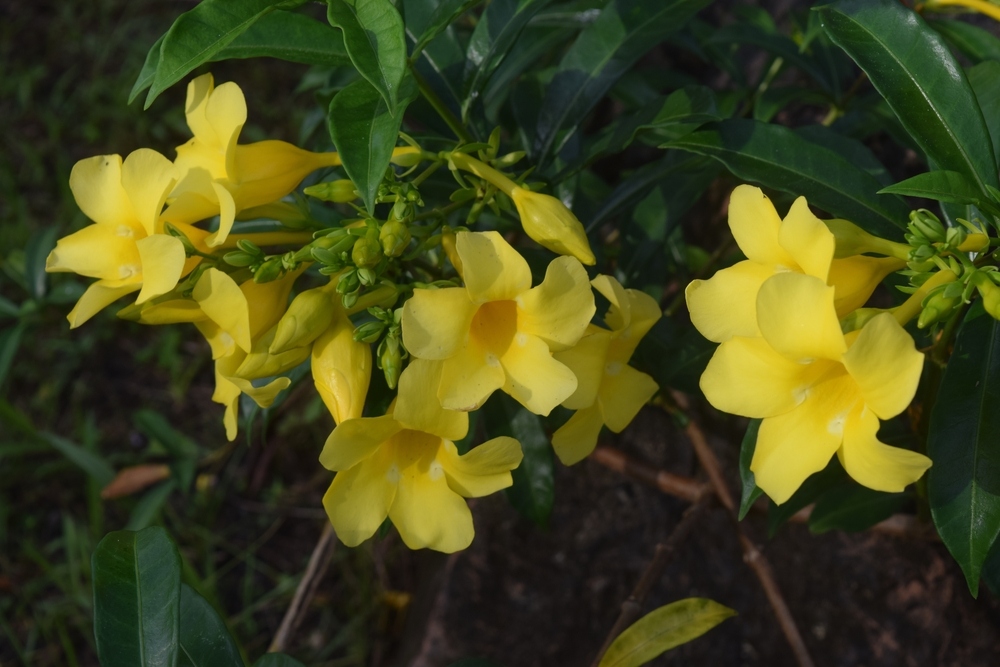
Whether you want to cover your garden walls or create a ground cover, the Carolina jessamine is your go-to vine for the job.
The Carolina jessamine is a perennial vine with sweet-scented, trumpet-shaped, yellow flowers. It can grow up to 20 feet as a vine, but it’ll only go up to 3 feet when grown as a ground cover.
They bloom from late winter to early spring in zones 6–9. Carolina jessamines enjoy full or partial sunlight and moist, well-drained soil.
7. Confederate Jasmine
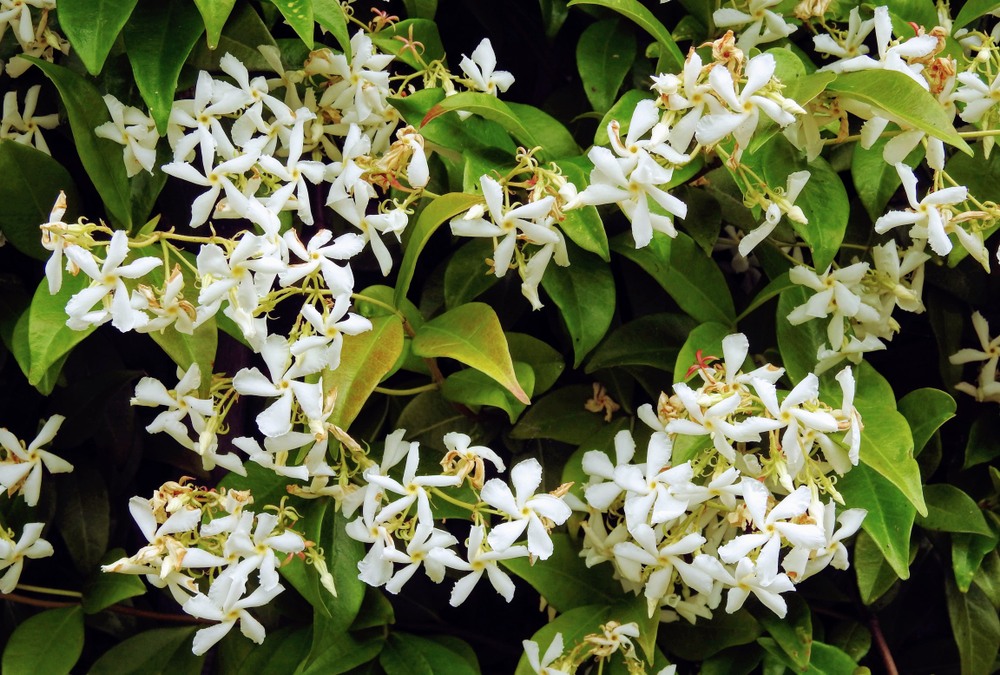
Though they may have similar names, the confederate jasmine and the Carolina jessamine look very different from one another.
The confederate jasmine is famous for its white, star-shaped flower, which earned it many names like southern jasmine and Chinese star jasmine.
This vine grows in hardiness zones 7b–10 and blooms in late May to early June. You can get your confederate jasmine to reach 20 feet high with slightly alkaline soil and direct sunlight.
8. Purple Passionflower
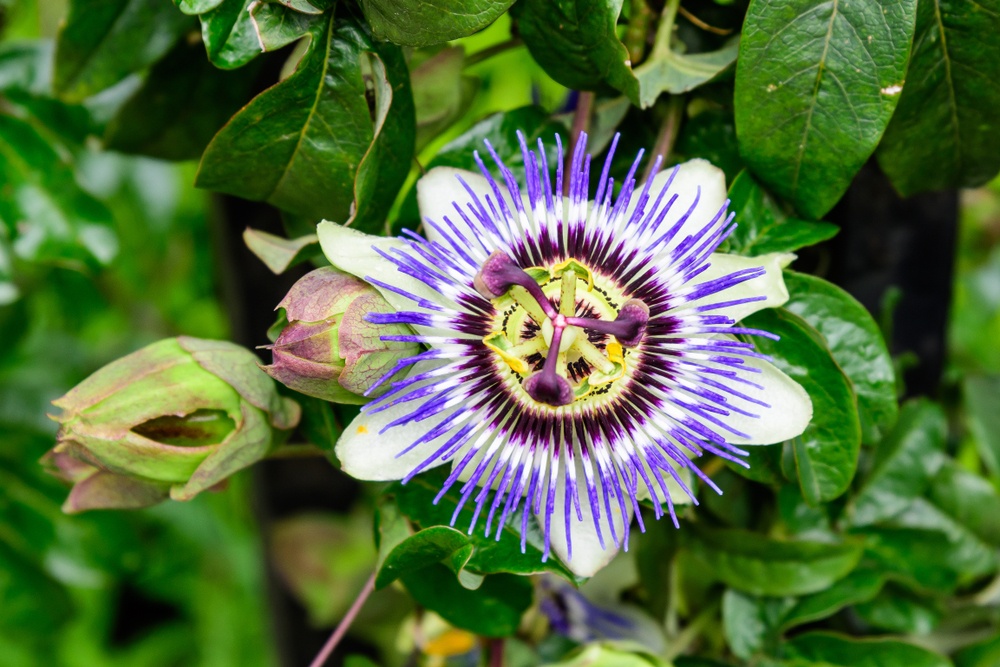
As you can guess by its name, the purple passionflower vine is a perennial plant with a large, showy purple flower.
The flower shape is unique as it features multiple tendrils that curl around the flower’s edge, giving it a very exotic look.
Purple passionflower vines grow in hardy zones 5–9 and bloom from spring through late fall. They can get as tall as 25 ft with rich, slightly alkaline soil and full to partial sunlight.
To give it an extra boost, make sure to keep the soil moist and water it every 10 to 21 days.
9. The Virginia Creeper
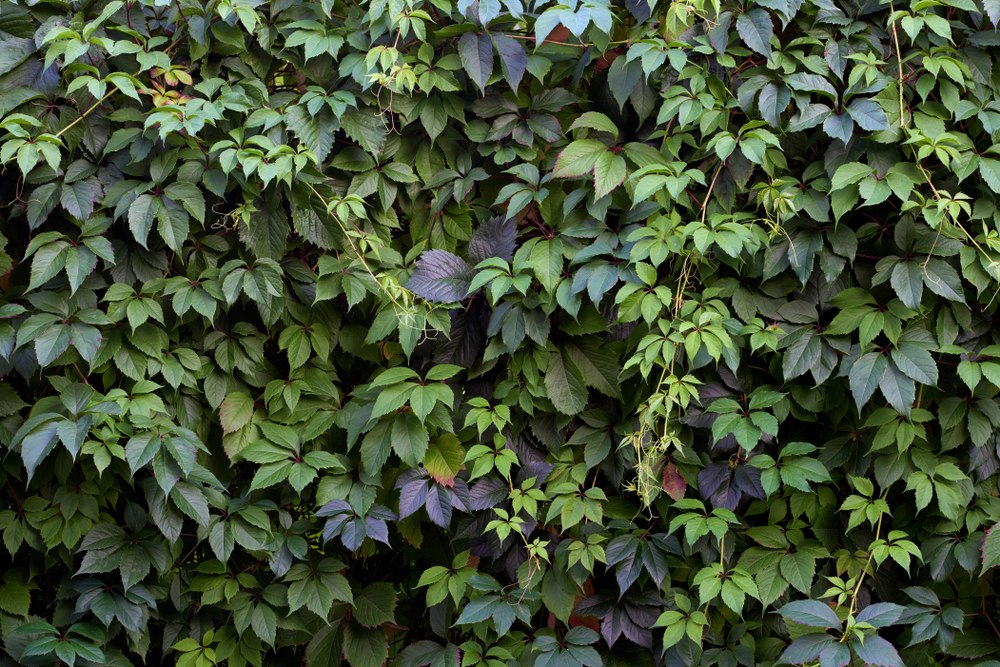
The Virginia creeper vine offers something different than all the previous vines. Instead of showy flowers, you get green, inconspicuous flowers.
Yet, this vine offers unique and beautiful foliage that looks stunning, especially during the fall when they all turn a fiery shade of red.
The Virginia creeper can grow up to just 3 ft or a whole 40 ft! It thrives in hardiness zones 3–9, where it blooms from June to July.
Thankfully, the Virginia creeper doesn’t mind what type of soil you use as long as you keep it in partial sun with a regular watering schedule.
10. Wisteria

Before we start gushing about how beautiful wisterias are, you need to know one thing: they can grow more than 30 feet, making them very heavy.
Though most vines can grow to 30 ft or more, the wisteria vine has beautiful lavender or white flowers that cascade down from the central stem in clusters—adding some weight.
That said, this beautiful vine flourishes in hardiness zones 5–9 and usually blooms in early May. Because Wisterias are low-maintenance, all this vine needs is moist soil and water during dry spells.
Final Words
So, what did you think of our 10 best Arkansas flowering vines? We hope that at least one of them caught your eye!
Most of the flowers here are very low-maintenance and can be left to grow wild and free in your garden.
The one thing you need to watch out for is the space! As you might’ve noticed, some of these plants can grow more than 30 ft, so make sure you have plenty of space before you plant them.





